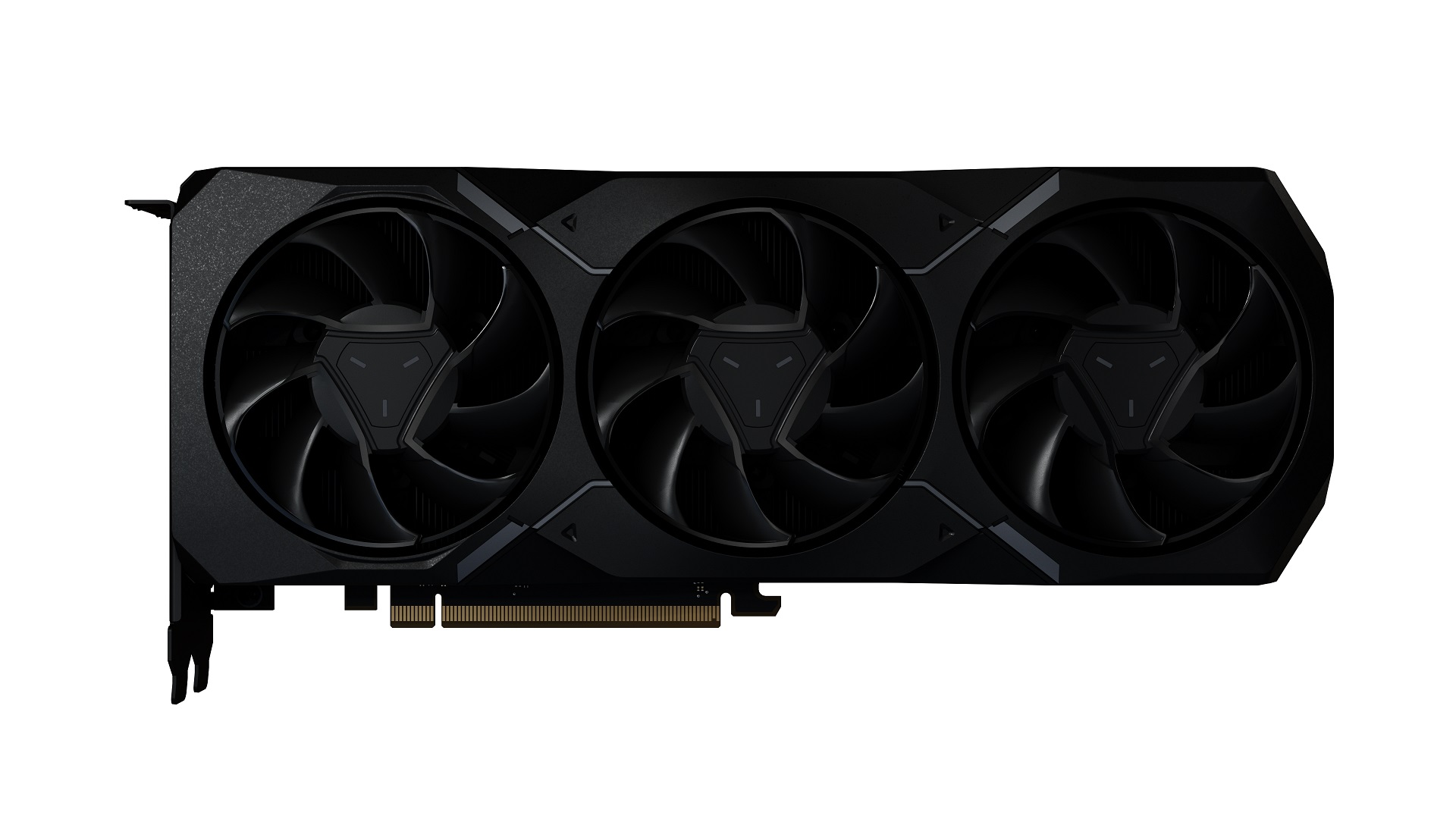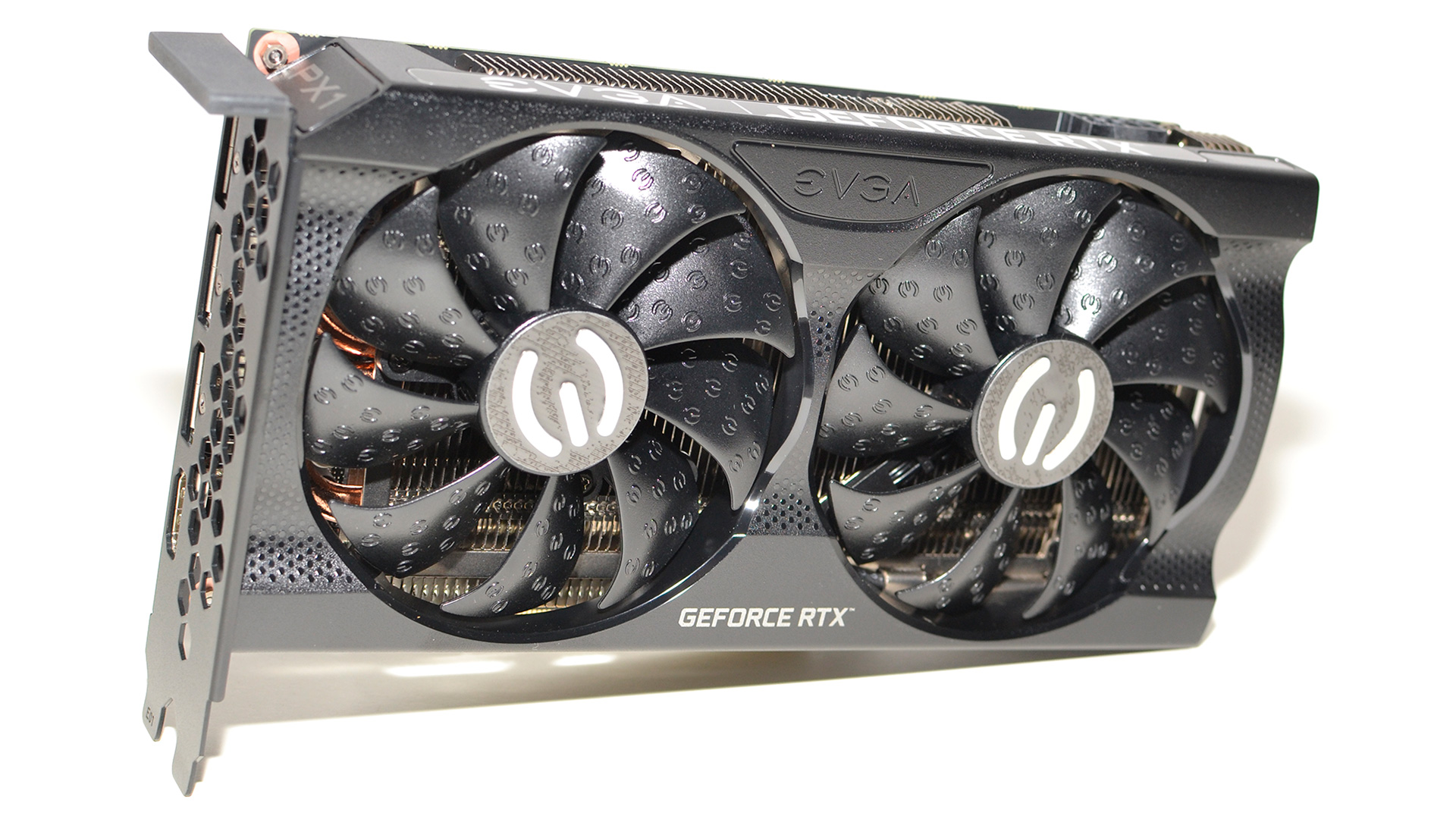The Nvidia GeForce RTX 3080 — the original 10GB model, not the later 12GB variant — was theoretically the best graphics card of the past generation. In practice, component shortages and especially cryptocurrency mining made it nearly impossible to find the RTX 3080 at a price even remotely approaching reasonable. Except plenty of gamers did buy the RTX 3080 for gaming; they just mined on the side to help cover the cost.
You can see how the RTX 3080 ranks in our GPU performance hierarchy, where it's currently in seventh place overall. Of course, it's bound to fall quite a bit in the next month or so as the RTX 4080 and various AMD RDNA 3 GPUs start to arrive. Right now, the RTX 3080 starts at a price of $699 on Amazon, so it's finally selling at MSRP, but it was going for $1,500–$2,200 for most of 2021. Thank goodness Ethereum has gone proof of stake at least and put a nail in the coffin of GPU miners.
| Nvidia GeForce RTX 3080 Specifications |
|---|
| Architecture | GA102 |
| Process Technology | Samsung 8N |
| Transistors (Billion) | 28.3 |
| Die size (mm^2) | 628.4 |
| Streaming Multiprocessors | 68 |
| GPU Cores (Shaders) | 8704 |
| Tensor Cores | 272 |
| RT Cores | 68 |
| Boost Clock (MHz) | 1710 |
| VRAM Speed (Gbps) | 19 |
| VRAM (GB) | 10 |
| VRAM Bus Width | 320 |
| L2 Cache | 5 |
| Render Outputs | 96 |
| Texture Mapping Units | 272 |
| FP32 TFLOPS (Single-Precision) | 29.8 |
| FP16 TFLOPS (Sparsity) | 119 (238) |
| Bandwidth (GB/s) | 760 |
| Total Board Power (Watts) | 320 |
| Launch Date | September 17, 2020 |
| Launch Price | $699 |
Unlike the new Ada Lovelace RTX 4090 and RTX 4080, the RTX 3080 uses the same GA102 GPU as the RTX 3090, as well as the more recently released RTX 3080 Ti and RTX 3090 Ti. It has 68 of the potential 84 SMs enabled, so only 81% of the GPU shaders are functional. Similarly, it only has 10 of the potential twelve 32-bit GDDR6X memory controllers enabled — 83% of the total.
Not surprisingly, the performance ends up being around 87% of the fully enabled RTX 3090 Ti. If we were only looking at MSRPs, that would make the RTX 3080 an excellent option, but in practice the prices on RTX 3080 Ti through RTX 3090 Ti have all dropped. There's also the RTX 3080 12GB that came out in early 2022, which currently starts at $809 on Amazon. The extra VRAM might be tempting, but do keep in mind we're likely to see RTX 4070 by January at latest, which will probably cost $599 and will easily outperform either the 10GB or 12GB 3080 cards.
It's sad that the replacement RTX 4080 has taken over the price point of the RTX 3080 Ti, but again we may see prices fall in the coming months. Nvidia and its partners are trying to clear out existing inventory on Ampere / RTX 30-series graphics cards, and they're supposedly on track to have that job finished by January. Once Nvidia no longer has to protect prices on existing cards, and once AMD's competing RX 7000-series cards start to ship, we could easily see prices on the RTX 4080 drop well below $1,000 — and at that point, RTX 3080 cards will have a tough time selling for even $500.
Consider this: Even if TSMC's 4N wafers costs Nvidia $20,000 each (which is unlikely, as volume orders mean Nvidia is probably paying $15,000 or less per wafer), the cost per AD104 chip (RTX 4070) is still relatively low. Nvidia can get around 190 die per wafer, which at $20,000 would be just $105 per chip. Even after packaging and everything else, that's probably only $150. Add the PCB, VRAM, cooler, and all the various surface mounted devices (capacitors, resistors, etc.) and the total cost might be $300. Nvidia could absolutely sell such a GPU at $500 and make money, so the nonsense with the RTX 4080 12GB being priced at $899 was purely a money grab, and Nvidia walked back on that due to enthusiast outrage.
As for the RTX 3080 10GB, Samsung's 8N wafers are going to cost Nvidia a lot less than TSMC 4N wafers. Let's call it $5,000, which is probably still being generous as 8N is really just a tuned 10nm Samsung Foundry process node. GA102 is a big chip at 628.4mm2, but Nvidia can still get around 88 chips per wafer after harvesting. At $5,000 per wafer, that's only $57 per chip. Add in PCB, VRAM, cooler, and the other bits and pieces and the cost is probably $200–$250 at most. But Nvidia doesn't want to continue to sell RTX 3080 cards, so they'll be phased out shortly — even if that means clearance pricing on Black Friday for whatever cards are still around.


.png)














